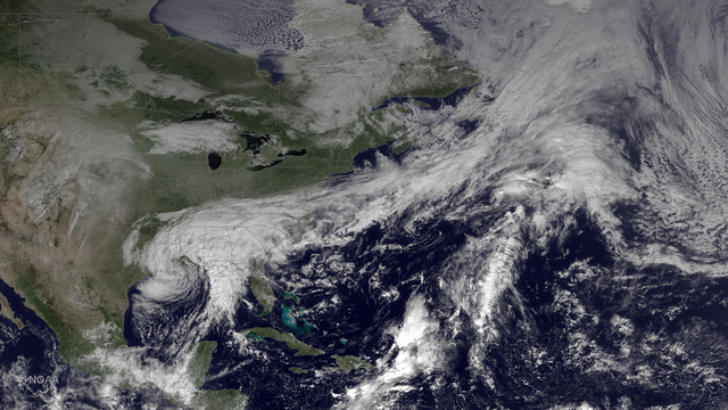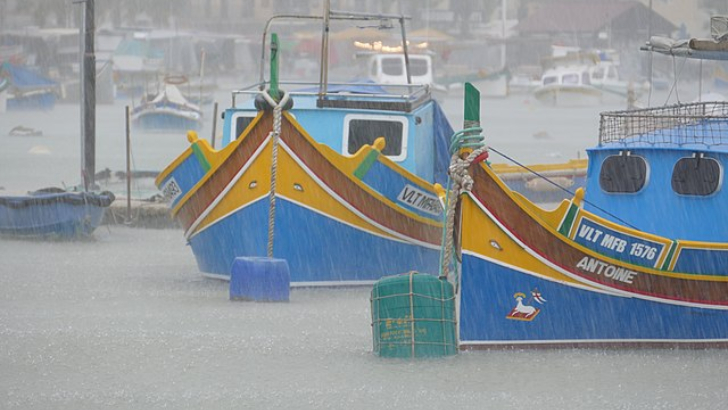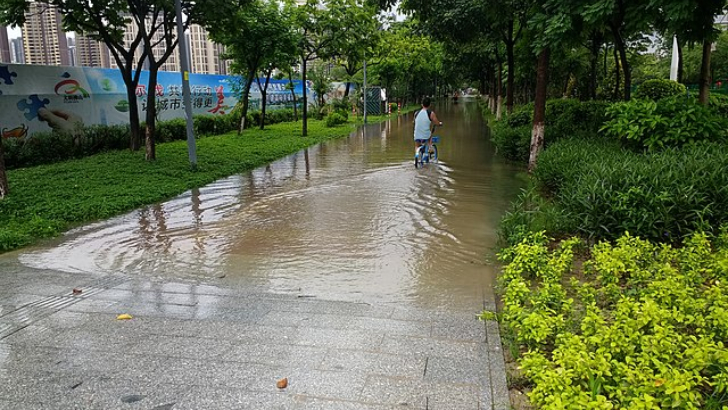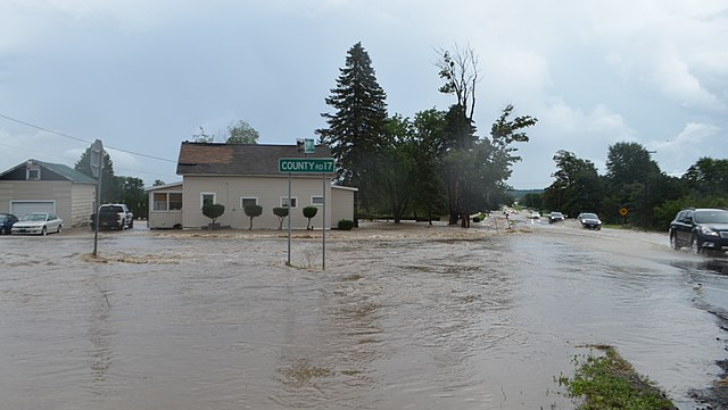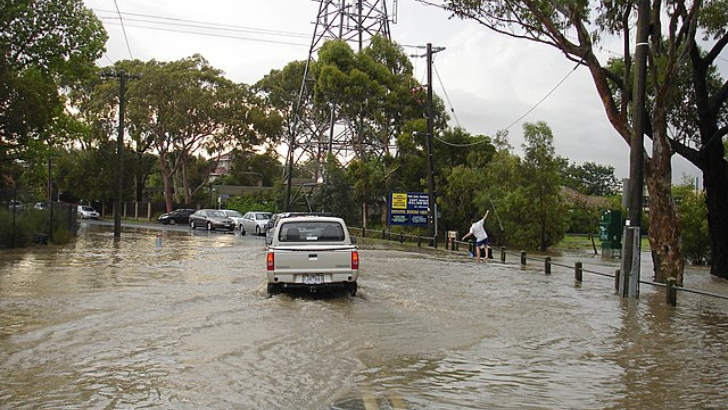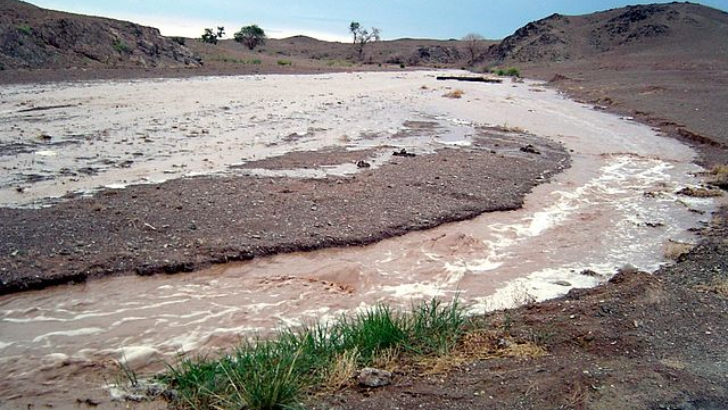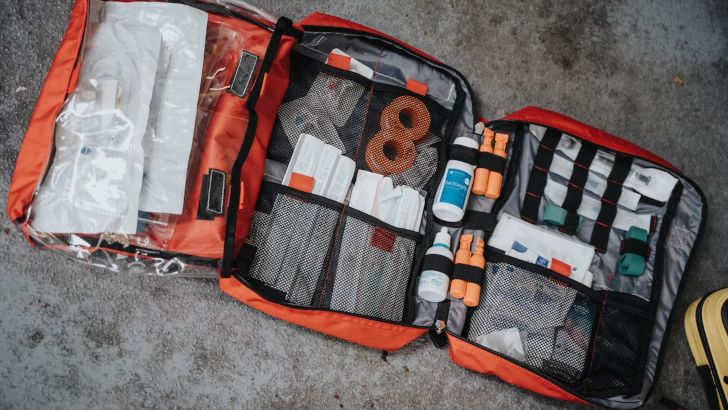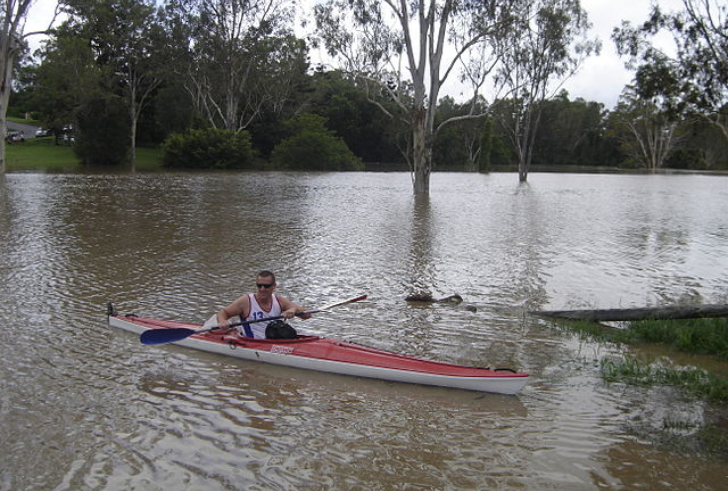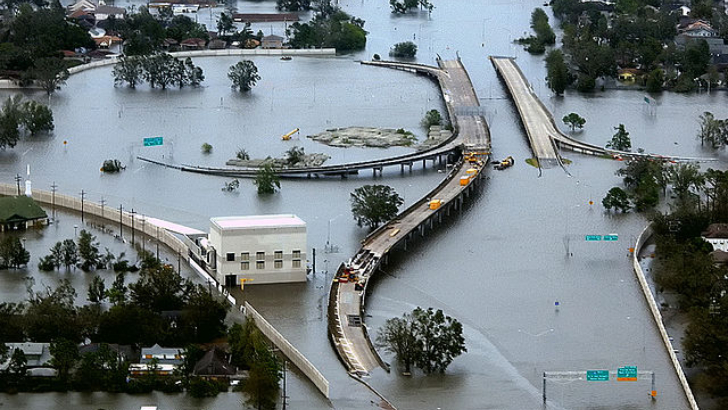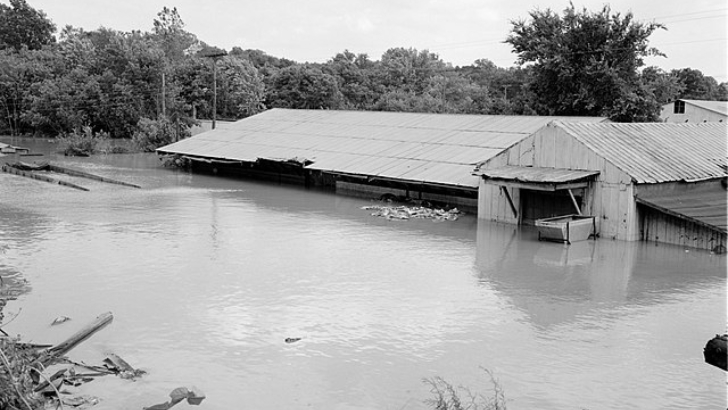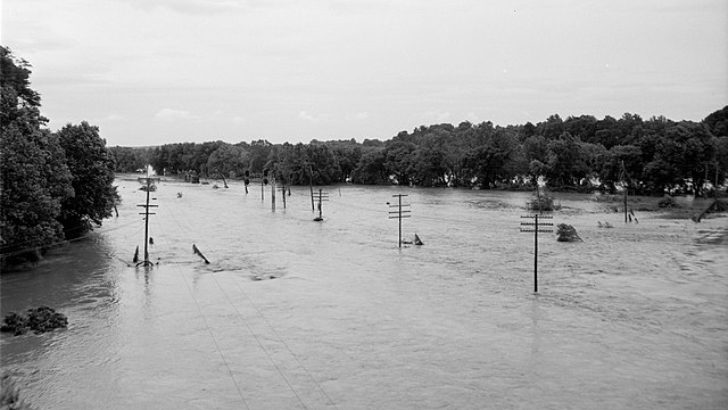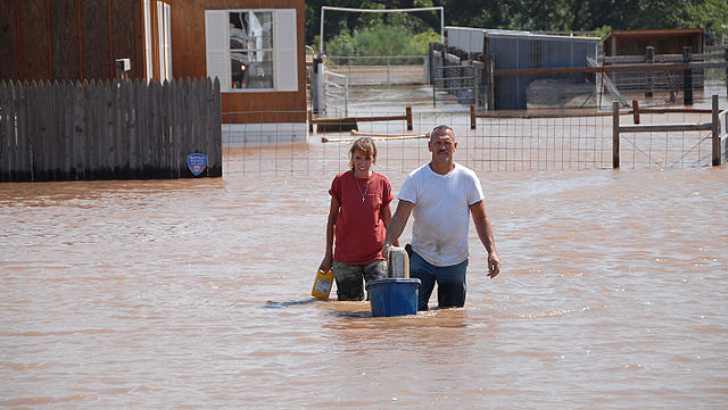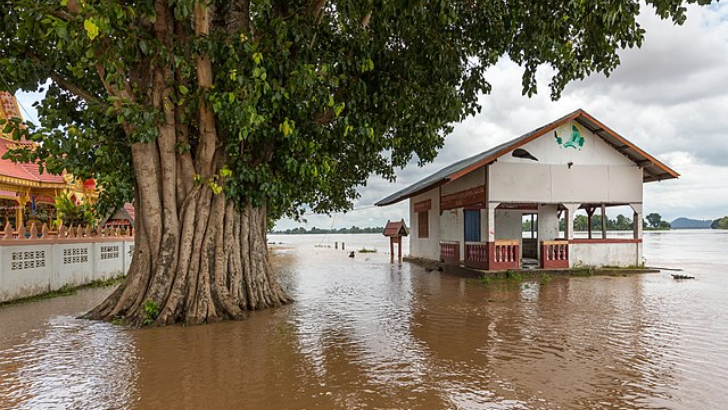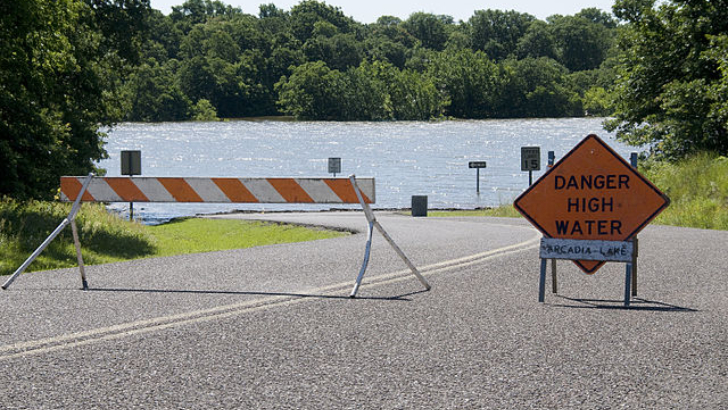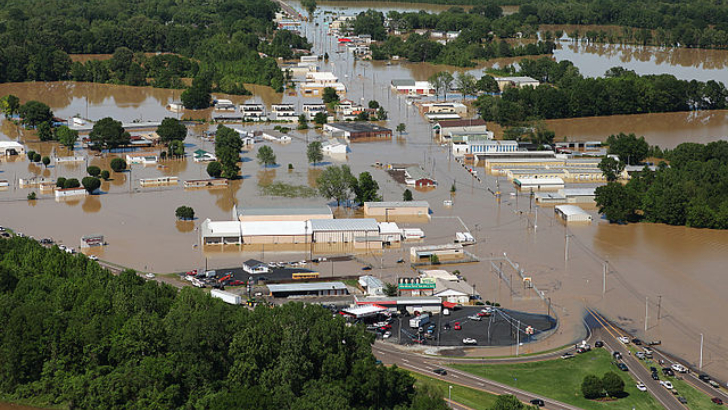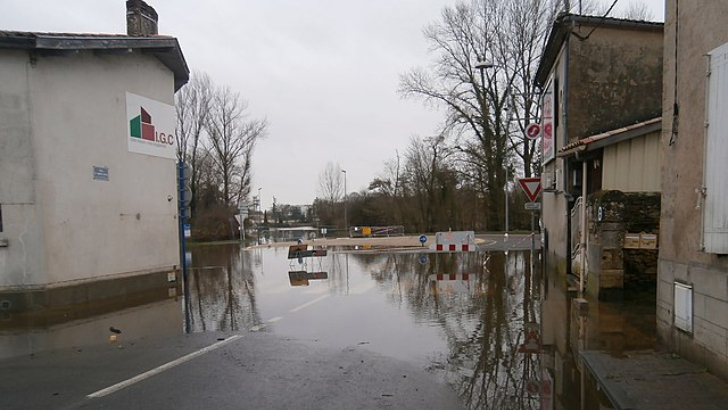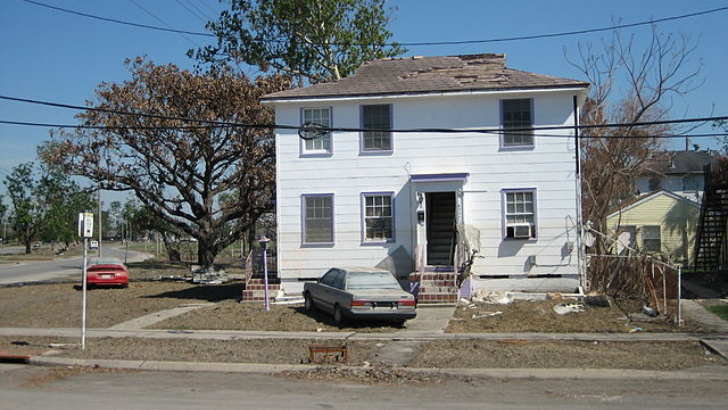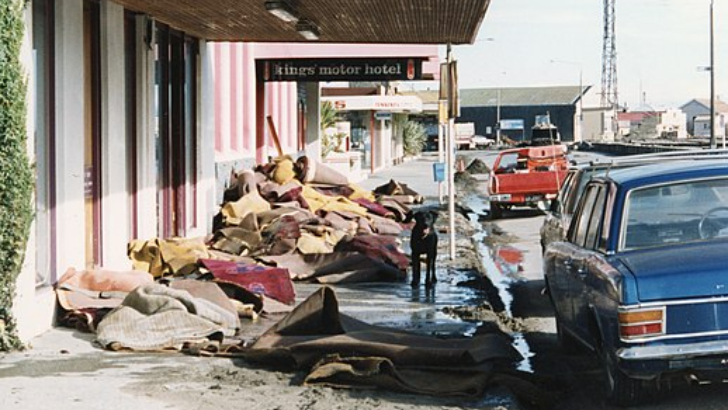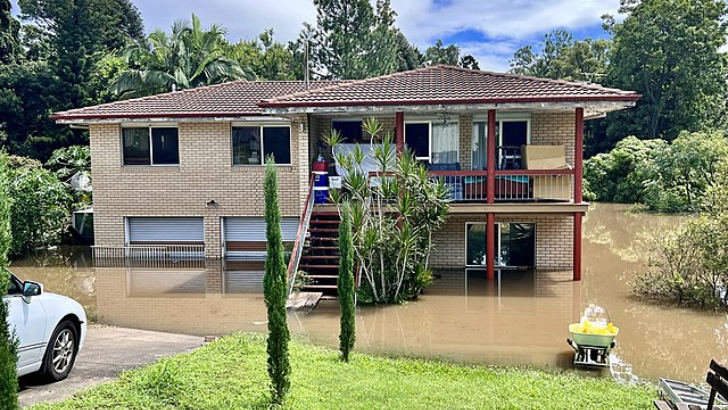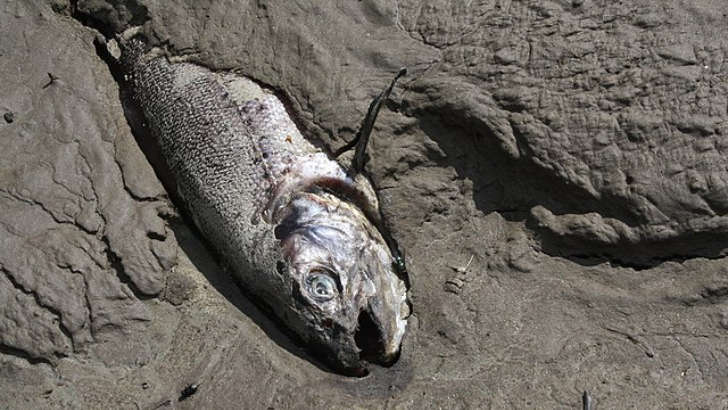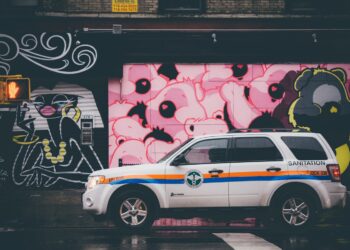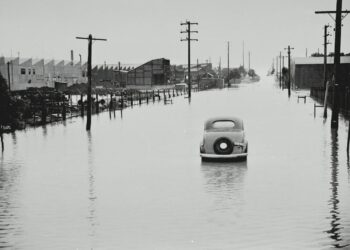A temporary overflow of water onto normally dry land is called a flood. The most frequent natural disaster is flooding, which can cause injury or death if people don’t evacuate affected areas, get hurt while in the water, or stay put after the flood has passed. Being well-prepared in case a flood occurs is crucial as hurricane season approaches. Do you know what to do to survive a flood?
What should you do right away if you think there might be flooding?
Seek more information by turning on your TV or radio.
Get in your car and drive north.
Call your loved ones or friends.
Seek more information by turning on your TV or radio.
It is always best to look for more details about the situation if you have heard rumors that flooding could happen. If an emergency alert requests that you leave the area, turn on your TV or radio and tune into the most recent weather update. If so, immediately seek a high ground to protect both your life and the lives of those you love.
According to the weather station, some flooding will occur in your area within the next 24 hours. What would you do?
Create or replenish your emergency supply kit with cash, first aid supplies, fresh water, flashlights, and other practical items.
Figure out where to go should flooding occur.
Turn on your TV or radio and follow weather updates.
All of the above.
All of the above. If things move faster than you anticipated, being aware of what is happening will prevent you from being caught off guard. That includes having a sound short- and long-term exit strategy. Not only in the disaster area but also when you are outside the danger zone, it is crucial to have your emergency kit or bug-out bag prepared with new batteries and cash.
You get caught off guard by a flash flood. Although it hasn’t reached your doorstep, water is starting to fill the streets. What would you do?
Put on your mud boots and make your way away from the danger.
Turn off your utilities: electrical breakers, water, oil and/or gas. Then seek higher ground!
Jump in your car and get to higher ground.
Turn off your utilities: electrical breakers, water, oil and/or gas. Then seek higher ground!
It’s probably too late if you are in a flash flood’s early stages. If your home is still dry in this scenario, shut off all of your utilities, including your electricity, at the breaker box and your gas, propane, water, or oil at the point where they enter your home. Move personal items upstairs if there is still time to prevent flood damage.
You follow the evacuation instructions strictly and leave the disaster area, but you soon encounter water that appears to be covering the road for the next 100 feet. Now, what would you do next?
Drive quickly through the water to avoid losing momentum and stalling out.
Drive through the water slowly so you can back up if it gets too deep.
Leave your car behind and cross the water to the opposite side.
Refrain from walking or driving through flood waters and find an alternate route.
Refrain from walking or driving through flood waters and find an alternate route.
It is never a good idea to cross floodwaters. A foot of moving water is sufficient to sweep your car away and can knock you over with 6 inches of force. Not to mention that flood waters may conceal the fact that the road has been thoroughly washed out, and you could be hurt by floating debris.
Your car is stuck in the middle of the water after you attempted to cross it with it, but the water isn’t moving. Now, what do you do?
Keep honking your horn until someone comes to your aid. It is not safe to leave the car unattended.
Abandon the car and find higher ground.
Stay put and hope for the best.
Abandon the car and find higher ground.
The best action is to exit the vehicle and seek higher ground if the water is still.
Which is the safest location to seek refuge in when a flash flood occurs?
Your next-door neighbor’s house.
Don’t panic, do nothing until you see the full extent of the flood.
The closest high ground.
There is little time for decision-making during flash floods. You can locate the nearest high ground and a safe route to get there by being informed and ready before the flood. Get to a high spot first, then, to stay informed, listen to the emergency broadcast instructions on your phone or battery-powered radio.
A good preparedness strategy includes having an emergency kit or bug-out bag ready before a disaster occurs. What component of that kit is not necessary?
One gallon of water for each person in your party.
A flashlight and extra batteries.
One gallon of water for each person in your party.
Many valuable items should be included in a bug-out bag, but it is best to avoid packing too much. While having some water is a good idea, if your pack becomes too heavy and you end up in the water, you risk drowning rather than making it to safety with your emergency supplies still intact.
How do you make the water safe to drink if you’re stranded by flood waters and don’t have anything else to drink?
Filter it threw a shirt or cloth before drinking.
Boil it for at least 10 minutes.
Its safe enough to drink as long as it is moving and you don’t see to much floating in it.
Both B and C
It is impossible to make floodwaters safe to drink. They will also include dangerous bacteria from sewage, gas, heating oil, and other chemicals rinsed into the floodwaters from homes and other structures. Only water that you set aside before a flood is genuinely safe.
Which locations are most vulnerable to flooding?
People in the path of a hurricane.
People in areas with a lot of paved surfaces and storm drains.
All of the above
Despite storm drains, people who live in areas mostly covered in non-absorbent surfaces like concrete and pavement are at risk of flooding. An absence of absorbent ground causes flash flooding and build-up. If farmland is a surprising response, keep in mind that flooding can occur anywhere there is a significant water source due to the water’s ability to overflow “typical” boundaries.
What is the best way to get assistance if you are trapped on your roof during a flood?
Send the strongest member of your group for help.
Wave your arms back and forth if you see rescuers.
Hold your arms out in a v shape and do not wave your arms around.
Hold your arms out in a v shape and do not wave your arms around.
A trick question, almost. There may be several excellent answers, but there is only one offered. Your home should not have a fire on the roof. Sending someone for assistance puts them and you both in danger because it leaves you all alone to handle whatever may occur. A V or an X should indicate that someone needs assistance or has injuries and needs help.
What should you do if power lines are down in a flood-prone area?
Move swiftly until your past the downed power lines.
Your safe enough if you’re wearing rubber boots.
Keep your distance and turn back immediately.
Try to find surfaces to climb on that will get you over the downed power lines.
Keep your distance and turn back immediately.
Turning back right away is the best course of action. Find a different path once you are far from the downed power lines.
What should you do if you come across someone sunk in floodwaters?
Provide them with some sort of flotation device without entering the waters yourself.
All of the above
Do not reach a victim. It is not in your favor, and you will not help them if you also require rescue. Call for assistance and provide an accurate location. If at all possible, provide them with a flotation device.
If you live in an area where flooding is a possibility, you should do everything EXCEPT this to prepare.
You should do all of these things to prepare.
Set aside a weeks worth of supplies including water, food, flashlights, and a battery powered radio.
Gas up your car before any storm in case you need to evacuate.
Ensure that your emergency preparedness plan is available to and understood by your entire family.
You should do all of these things to prepare.
Although it may be disappointing to miss your favorite TV show, preparing your family is much more crucial. Make a family emergency plan, so everyone knows where to go, even if all phone service is lost—have enough food and water on hand to last at least a week, if not two, with one gallon of water per person per day. Also, keep the gas tanks full if a last-minute evacuation is necessary.
What should you do if a flash flood warning comes while your child is at school?
Proceed to higher ground leaving your child at school.
Get in your car and drive over to the school.
Since the car might not be secure, head over to the school by foot.
Call a friend close by the school and have them get your child.
Proceed to higher ground leaving your child at school.
Although this is very frustrating, rushing to pick up your child from school could be dangerous for other people. Your child will be safer at school with the teachers who have the plan in place because the school has a plan to protect them in the event of a flash flood. That strategy is more secure than dragging them into a potentially hazardous situation.
What is the most effective way to communicate in a crisis?
Walkie talkie or CB radio
Satellite Phone
Call volume during an emergency may overwhelm the system. The best way to stay in touch with your loved ones is through texting or social media because these are probably the only channels through which a communication signal can pass.
When is it alright to return home?
2 to 3 days after the storm.
When authorities say it is safe.
Once the waters have receded from your dwelling place.
When authorities say it is safe.
It is not safe to return home if you have evacuated due to flooding until the situation has been deemed safe by the authorities. If you continue before the authorities believe it is safe, many dangerous things await you. It includes, among other things, the toxicity of any remaining waters, potential fire risks from fuel or gas leaks, and downed power lines.
What should you do after a flood once you get home?
Use outdoor grilling because using cooking surfaces inside is unsafe.
Tear down the house and start over.
Take pictures of the damage.
Take pictures of the damage.
Return home with the understanding that you are not relocating but instead there to assess. Although tearing down the house might seem extreme, it is frequently necessary, depending on the degree of the damage. Take pictures of the damage for insurance as one of your first actions. Remember to exercise caution when taking photos inside a home with structural damage.
What should you do when you get home and discover your neighbor’s dog running loose?
Try to catch them for your neighbor.
Keep your distance and contact a professional.
Keep your distance and contact a professional.
In the circumstances like this, abandoned dogs can become feral in as little as 28 days. Wild dogs are not inherently dangerous to people in packs or on their own. They may nip if cornered. It would be best if you kept your distance for the time to give the dog the best chance. It is best to seek advice from or hire someone to handle rehabilitating the stray dog.
If there is no water pressure, where can you find clean water in your home?
The tank behind the toilet.
The lowest place in the house’s water piping.
All of the above.
You can use the water in your toilet tank’s back, the water from the emergency valve on the bottom of your hot water tank, or you can drain water from the lowest point in your home’s water line system if you discover that the water pressure is low. Your home is not above the flood zone.
Is it real or not? If you catch fish during the flood from your roof, you can eat them.
Yes it’s real, if you grill it
Yes it’s real, if you wash it properly
Perhaps, depending on the situations.
Definitely not real
Eating fish caught during the flood is just as dangerous as drinking floodwater because the water may contain bacteria from sewage and various other pollutants that should not be consumed.
Unfortunately, you failed this quiz! 😕
Even though you didn’t pass the quiz, you did learn a lot nonetheless.
You did receive a satisfactory score! 😉
But you can accomplish better the next time.
You had no difficulty taking this quiz. Truly incredible! 👏
You just proved that you are prepared to survive floods.
[giveaway id=12098]
